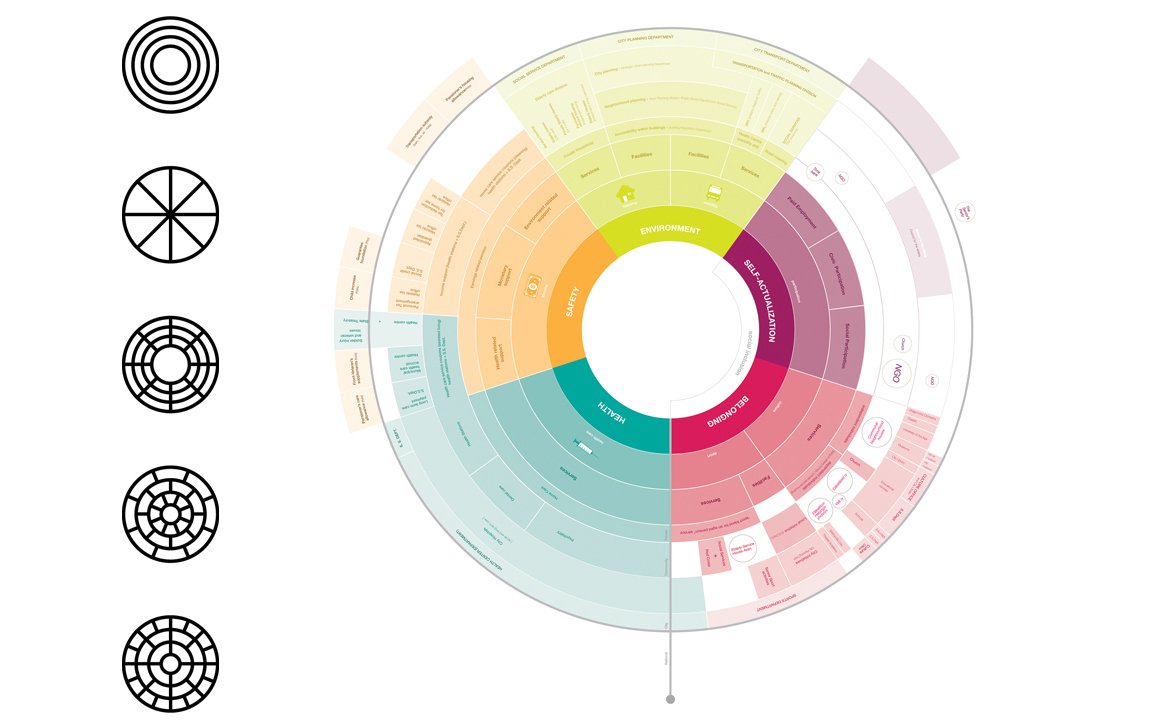Driving Nonprofit Donor Relationships via Need Based Segmentation
Image by Christina Bianchi, Anna-Leena Vasamo, and Bryan Boyer
TL;DR:
Being a customer-first organization starts with being data-first. In the world of impact-based organizations, a key problem is developing strategies to maximize donor engagement. As you know, donors come from different backgrounds, locations, and demographics with varying giving and communication preferences. So why do we treat them all the same?
The challenge nonprofits face is that donor communication is homogeneous, generic, and un-differentiated. An update, letter, or email is written once and sent to many. But that must change. The solution: needs-based segmentation, a strategy of personalized engagement to better connect and create loyalty with donors. Leading to a landscape of customer-first interactions, increasing their satisfaction and funding for the cause at hand. After all, isn't creating more awareness and innovation surrounding social problems the goal of impact organizations? In this blog post, we will delve into the concept of needs-based segmentation and the vital role it plays in driving increased donor satisfaction and contributions.
————————————————————————————
WHAT is Need-Based Segmentation?
Needs-based segmentation is a marketing methodology that categorizes donors into smaller, distinct groups according to their diverse needs, preferences, and aspirations. Unlike traditional demographics or geographic segmentation, such as age, gender, or race, needs-based segmentation delves into the psychology, motivations, and psychographics of individual consumers. By understanding these deeper insights, businesses can craft personalized marketing strategies and product offerings that strongly resonate with that specific segment’s particular interests.
WHY You Should Do It
Unlocking Customer Insights: Through needs-based segmentation, businesses unlock valuable customer insights that enable them to resonate with their audience on a more emotional level. Understanding the motivations and desires of individual donors allows you to tailor your marketing strategies and communication to meet their unique interests, building stronger relationships.
Personalization: Armed with a deeper understanding of each donor segment, businesses can personalize their messaging, promotions, and engagement efforts to align precisely with the needs of each group. This level of personalization enhances the donor experience, making individuals feel seen, understood, and valued by the organization. Who doesn't want their donors feeling that way?
Enhanced Customer Experience/ Loyalty: When you meet your donors' needs effectively, you create a positive donation experience that fosters loyalty and advocacy. Satisfied donors are more likely to become brand ambassadors, spreading the word about your cause and attracting more support. Addressing the specific needs and desires of each donor segment allows organizations to forge stronger connections with their supporters, leading to improved donor engagement, higher levels of satisfaction, and increased loyalty to the cause.
Competitive Advantage: By tailoring your offerings to specific customer segments, you differentiate yourself from competitors who use a one-size-fits-all approach.
HOW You Should Do It
The integration of new technologies refers to the adoption and incorporation of innovative tools, systems, and solutions into small business operations. Technological advancements such as artificial intelligence (AI), machine learning, cloud computing, and the Internet of Things (IoT) offer immense potential for small businesses and organizations to streamline processes, enhance productivity, and gain a competitive edge. Data analytics and AI algorithms can be leveraged to personalize marketing campaigns, optimize customer experiences, and drive sales growth. Seeking expertise in this field or taking Sowen’s provided assessment on current data analytics is a great way to get started.
Small business has long been the engine of the US economy. Organizations and non-for-profits are crucial to our nation’s culture. Urgent action can not only help insulate small businesses and organizations from the fallout, but it may truly be a catalyst to growth and success. Larger companies are typically less nimble and able to integrate their culture with emerging technologies – it takes them time! Smaller organizations and businesses have a key advantage here to use ESG initiatives, technological innovations and systems to nurture the wellbeing of employees and their bottom lines. Seeking advice from experts such as Sowen today can help propel organizations way beyond their competitors and sustain success.
Takeaways
Data-driven needs-based segmentation enables impact-based organizations to implement a customer-first approach. By harnessing valuable data insights to understand and cater to the unique needs of customers or donors, personalized experiences can be created, forging enduring connections that pave the way for positive change. As your organization embarks on this transformative journey, remember that needs-based segmentation is a powerful and versatile tool with boundless potential to create a meaningful difference in our world. After all, the more individuals we make feel seen and heard, the more donations accrue, and the closer we become to an equitable world.
Not sure if you are collecting your data in a way fit for needs-based segmentation? Take our data maturity assessment or reach out to us at info@sowen.co to bring you one step closer to increasing your donor satisfaction and contributions.

